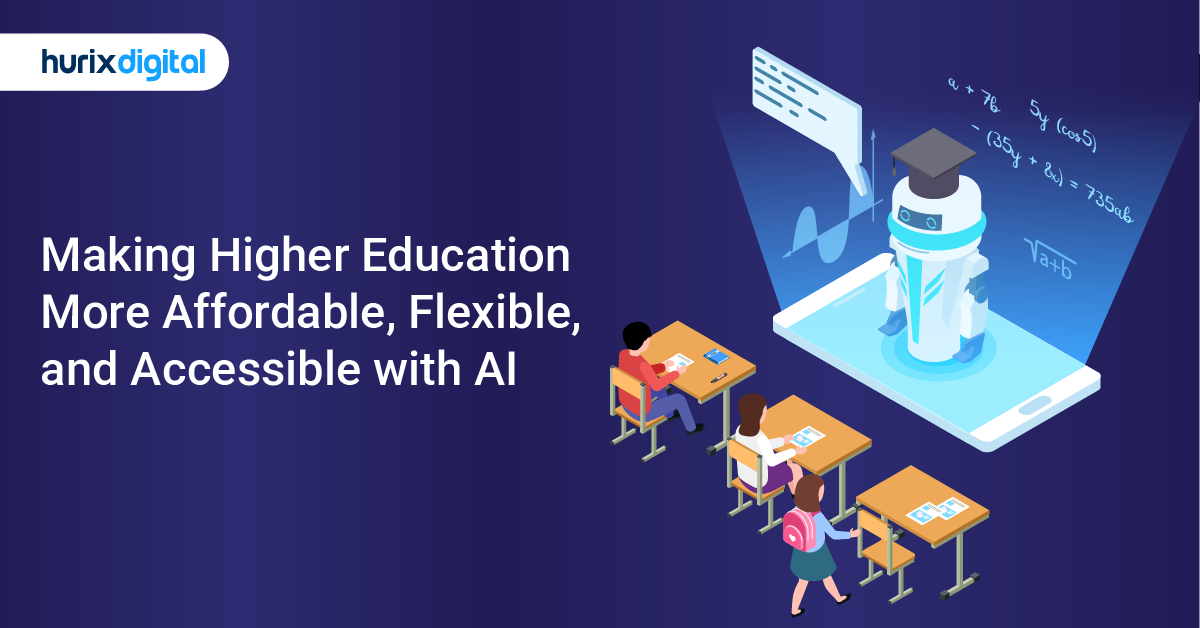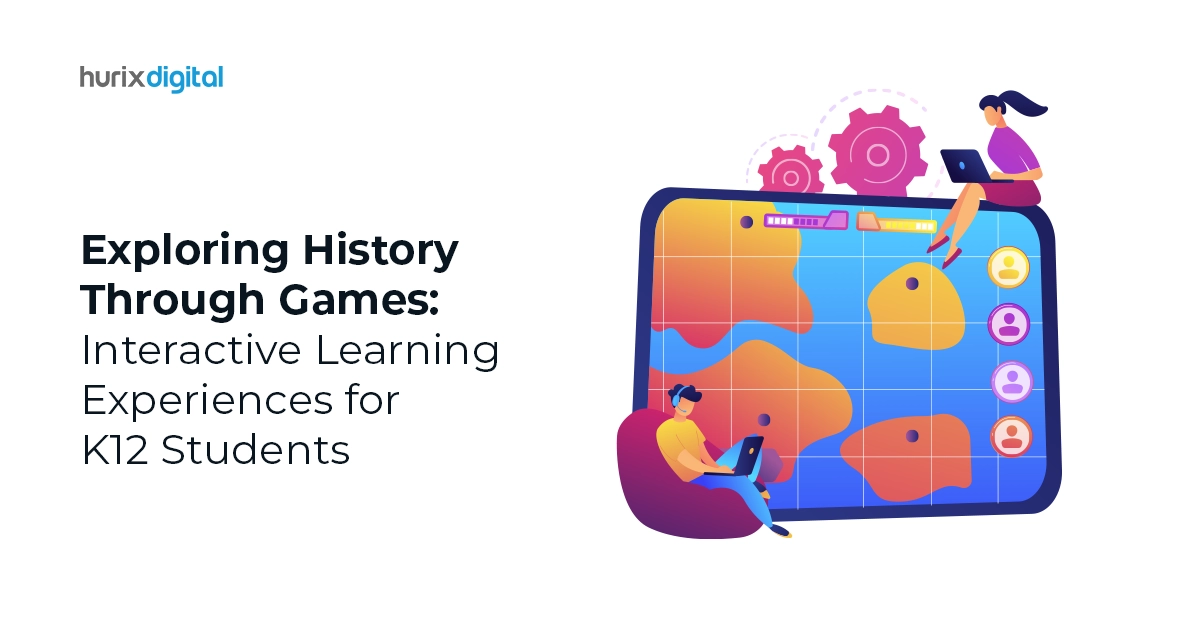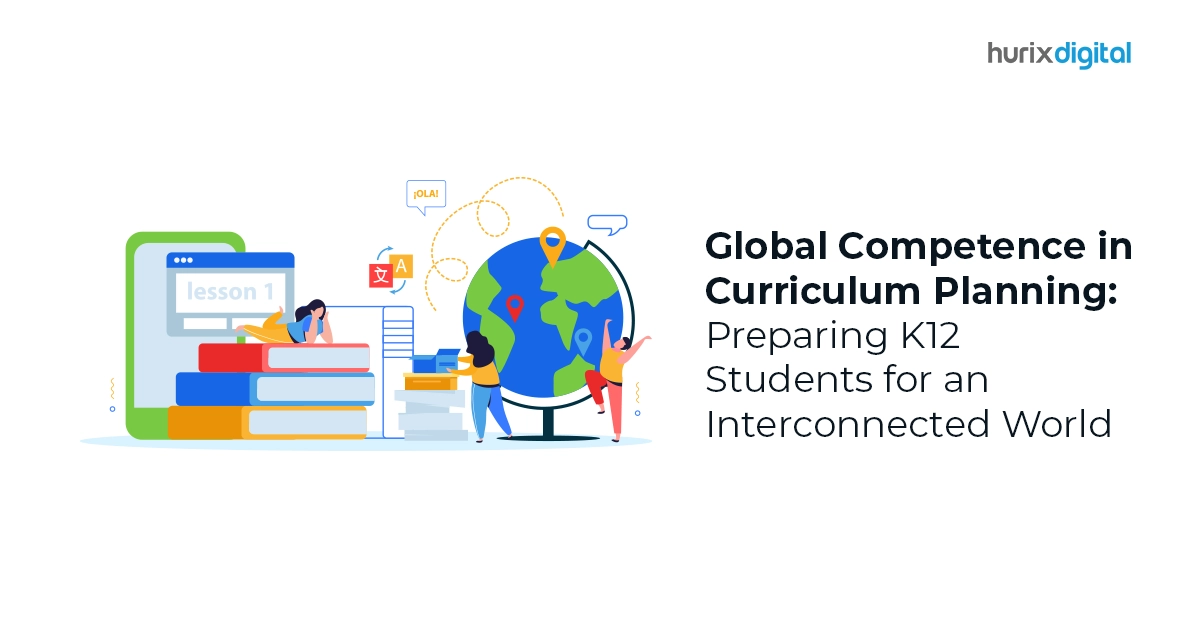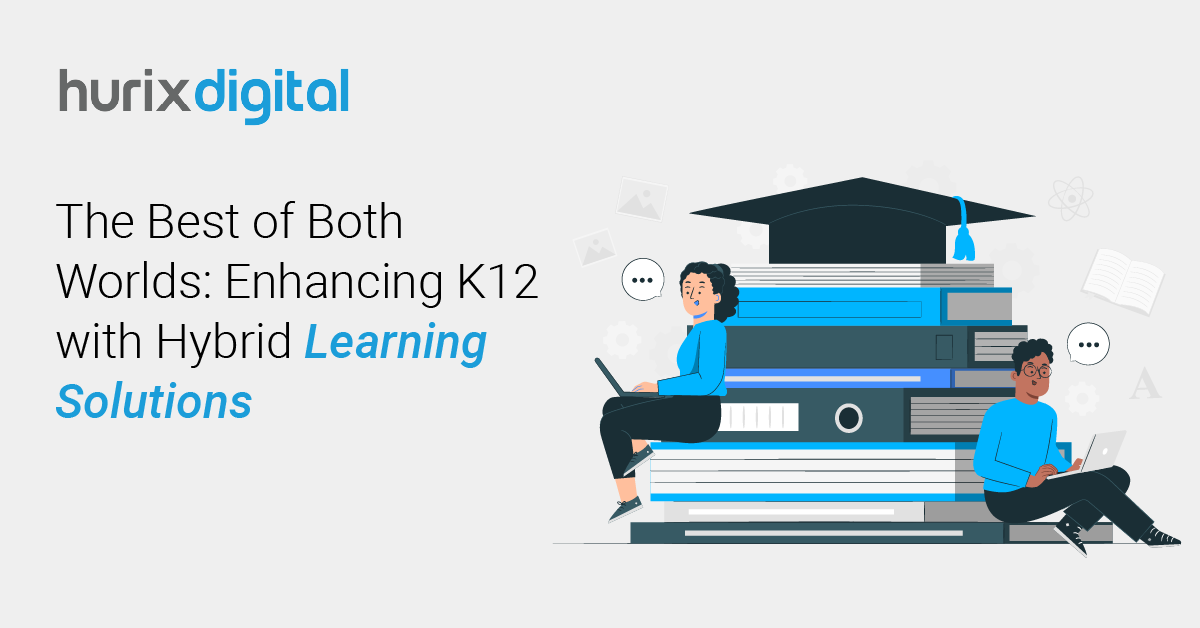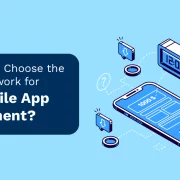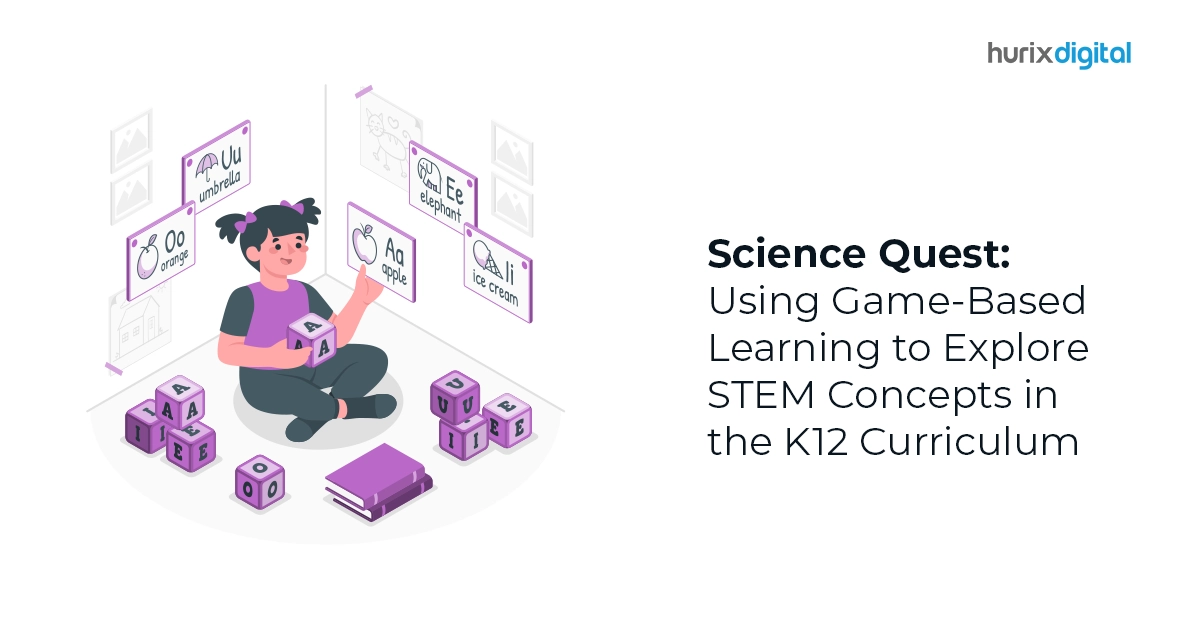
Science Quest: Using Game-Based Learning to Explore STEM Concepts in the K12 Curriculum
STEM subjects can be challenging for students to learn. Traditional education has its limitations in explaining complex laws, mechanics, and equations to students.
A pressing need to encourage students to familiarize themselves with STEM subjects puts game-based learning techniques at the forefront. By playing games to learn textbook knowledge innovatively, you memorize better with enhanced recall and retention.
Students today have become ‘digital natives,’ meaning they rely heavily on technology in their daily lives. However, without proper equipment/infrastructure to demonstrate STEM concepts, the passive education system makes it difficult for students to visualize and understand STEM concepts.
To make classrooms relevant for students, technology must become a part of learning that bridges the gap between students and traditional education.
Table of Contents:
- What is Game-Based Learning?
- How Does Game-Based Learning Help K12 Students?
- How Can Educators Enhance the Game-Based Learning Experience?
- To Wrap Up
What is Game-Based Learning?
Game-based learning is a technique where gaming is incorporated into education to enhance student learning. The idea of this method is to develop critical thinking, innovation, and problem-solving skills in students.
For example, to teach science, games based on electrostatics or structural engineering can help students experience textbook knowledge in real time. Such experiential games provide more learning than traditional education tactics and prepare students for tougher levels of STEM.
Teachers can leverage the power of game-based learning to incorporate STEM concepts in classrooms. Additionally, game-based learning introduces an element of fun and engagement into the educational process, making it more enjoyable for students. It often involves interactive simulations, challenges, and scenarios that require students to apply theoretical knowledge to practical situations.
This approach not only makes learning more dynamic but also encourages active participation and a deeper understanding of complex subjects.
Also Read: Tech-Powered Onboarding: Using AI and Gamification to Enhance the Experience
How Does Game-Based Learning Help K12 Students?
STEM education is better understood through experiential and active learning. When incorporated correctly, game-based learning in STEM subjects can do wonders for students.
Here’s how:
1. Promotes Active Participation
When you provide active learning environments with game-based learning for students, it encourages engagement, self-directed learning, and a better understanding of the world around them. When the games offer constructive and relatable challenges, these real-life scenarios help put knowledge into action and build student confidence.
2. Offers Flexibility in Learning
Game-based learning provides flexibility for trial and error and learning by experimentation. Students are prompted with the immediate results of gaming by earning badges and qualifying for higher game levels in STEM concepts. This enables your students to act confidently based on the knowledge they are continuously learning from interactive games.
3. Helps Them Prepare for Future Careers
Game-based learning prepares students for real-world challenges and the unknown. The games teach innovation, practicality, reason, and adaptability to students so they can make more informed judgments when they graduate. Students can leverage the power of technology that gaming provides to face complex problems in their future careers.
4. Makes STEM Topics Fun
Often, the science topics are hard to visualize or comprehend in 3D, and mundane textbooks only confuse the students more. These technical concepts can be learned through games and experienced firsthand.
Additionally, the gamified approach adds an element of fun and excitement to STEM subjects, transforming them from intimidating to enjoyable. This not only improves retention but also fosters a positive attitude towards learning challenging concepts.
5. Promotes Collaborative Learning and Teaching
When the students are encouraged to play games as a team, it opens up a collaborative opportunity where they can help each other and evolve their problem-solving skills. The student displaying quick learning and advanced skills can help the other student reinforce their understanding and join forces to qualify.
6. Offers Easy Experimentation
To encourage students to explore their curiosities and learn through experimentation, games provide a safe space for laboratory operations that the real-life infrastructure might not be able to provide. This dissolves the hesitation around experimentation and allows students to learn freely in a virtual environment.
7. Offers Learner-Friendly Interface
For students who understand better by listening to audiobooks or visual clues, games provide an adaptable interface for a better experience. Gamification allows diverse learners to participate in exploring the most difficult subjects. This way, students can engage with the content in a way that suits their preferred learning style.
8. Offers Constant Learning Opportunities
By using gamification in STEM subjects, you encourage students to keep track of their learning curve and enjoy rewards. For example, when the student levels up in a game, they can track leaderboard scores, badges, levels, and pointers to track their learning curve. These simple prompts encourage the students to learn further and unlock more game rewards for a gratifying experience.
How Can Educators Enhance the Game-Based Learning Experience?
Here’s a snapshot of effective strategies for educators to elevate the game-based learning experience:
- Teachers should monitor students throughout the game-based learning sessions and prioritize timely education over extended periods of game engagement.
- Since game-based learning is for the K12 curriculum, the process should work in favor of academic goals. Teachers, in this regard, must tailor their approach to align with academic objectives, ensuring that game-based learning activities contribute meaningfully to educational outcomes.
- Teachers should take special care of students who take longer to advance in games and are susceptible to getting discouraged easily. This way, they can tailor support to individual learning paces and boost confidence.
- While having quick game sessions during the bracketed teaching hours is beneficial, teachers must try having more game-based learning sessions in informal setups such as workshops or club activities. It provides more flexibility and time for students beyond the curriculum boundaries.
- Before letting your students try the games, educators need to build enough of a knowledge base to make the game concepts more comprehensive and understandable.
- Educators must establish clear learning objectives tied to the curriculum, ensuring that game-based activities align with educational goals and contribute to overall student success and development.
By following these strategies, educators can seamlessly integrate game-based learning into their teaching approach and boost a more engaging and effective educational experience for K12 students.
Also Read: What is Active Learning? How Can You Use Gamification to Promote Active Learning in Your Workplace?
To Wrap Up
Game-based learning, tailored to STEM concepts, offers students a dynamic and immersive educational experience. By harnessing the potential of game-based learning within STEM subjects, students are not only motivated but also encouraged to think innovatively and constructively.
Hurix Digital creates exemplary gamification for STEM students and promotes active learning to enhance students’ classroom experiences. Through engaging virtual labs and innovative simulation learning techniques, we go beyond traditional teaching methods and actively empower K12 institutions to revolutionize their approach to education.
Connect with us now!

Senior Vice President
A Business Development professional with >20 years of experience with strong capability to sell new solutions and develop new markets from scratch. New Market Entry Specialist with experience of working in two of the largest emerging markets – China & India. Also covered other key markets in APAC, US, EU & ME. Exceptional experience of conceptualizing, ideating and selling new learning technologies like VR AR, etc. across multiple industry verticals.

